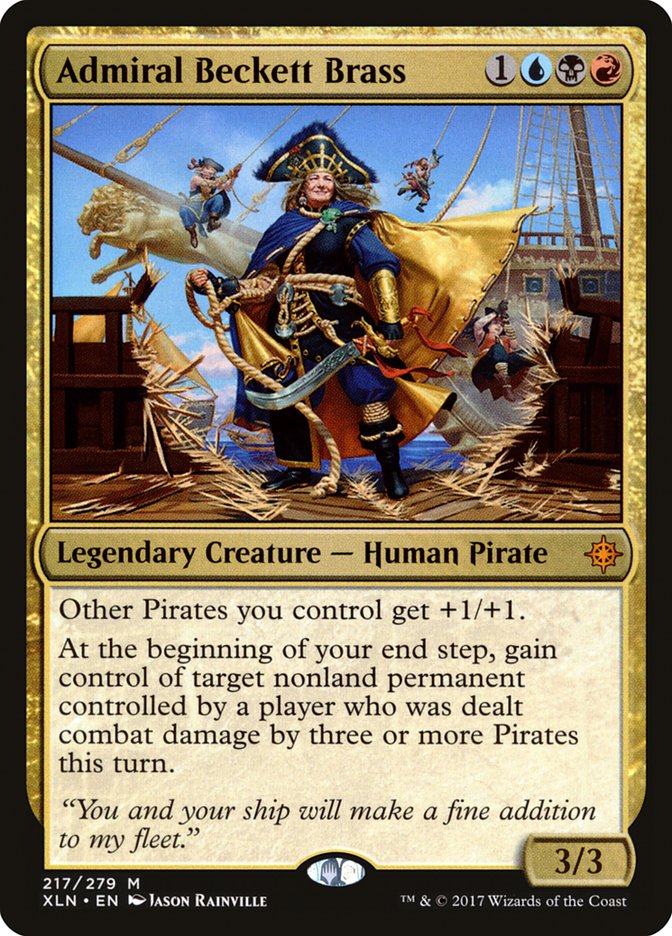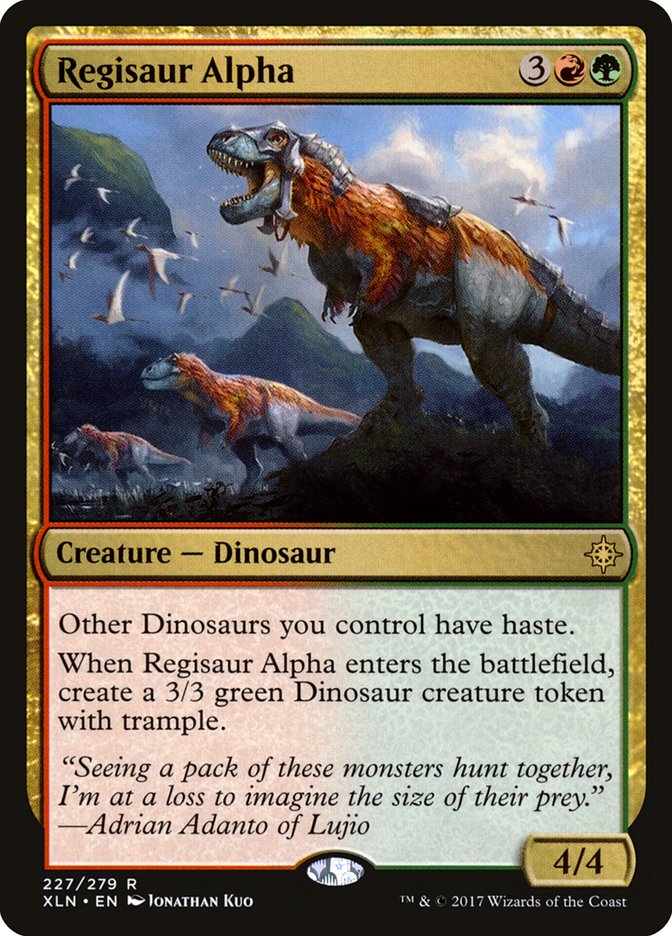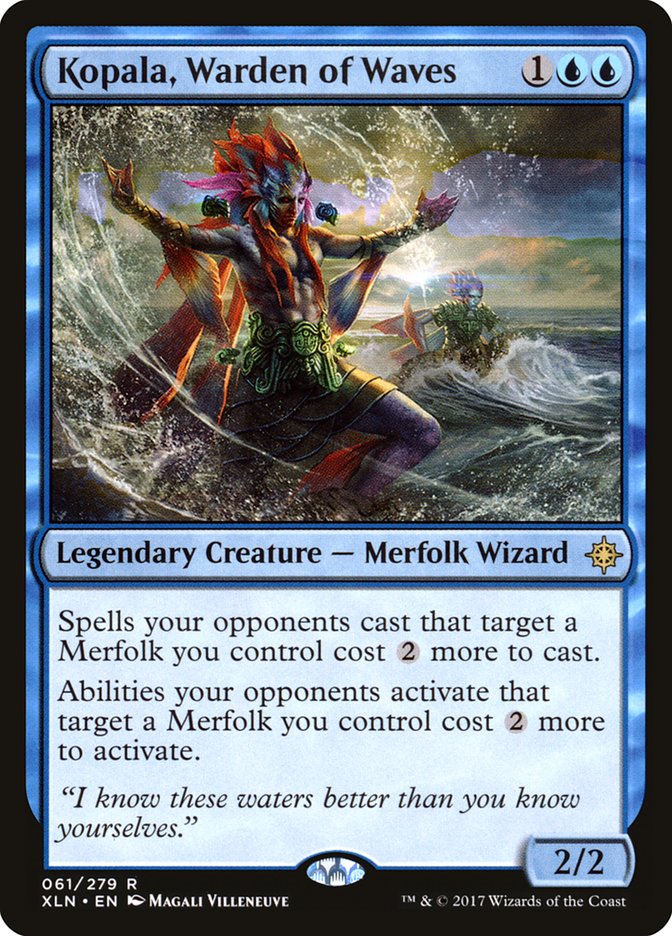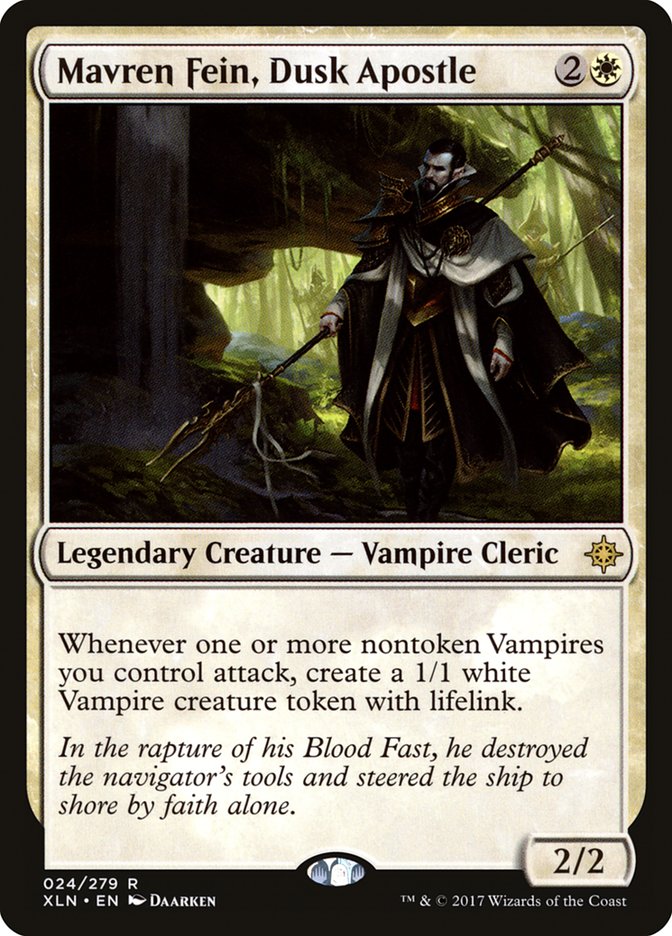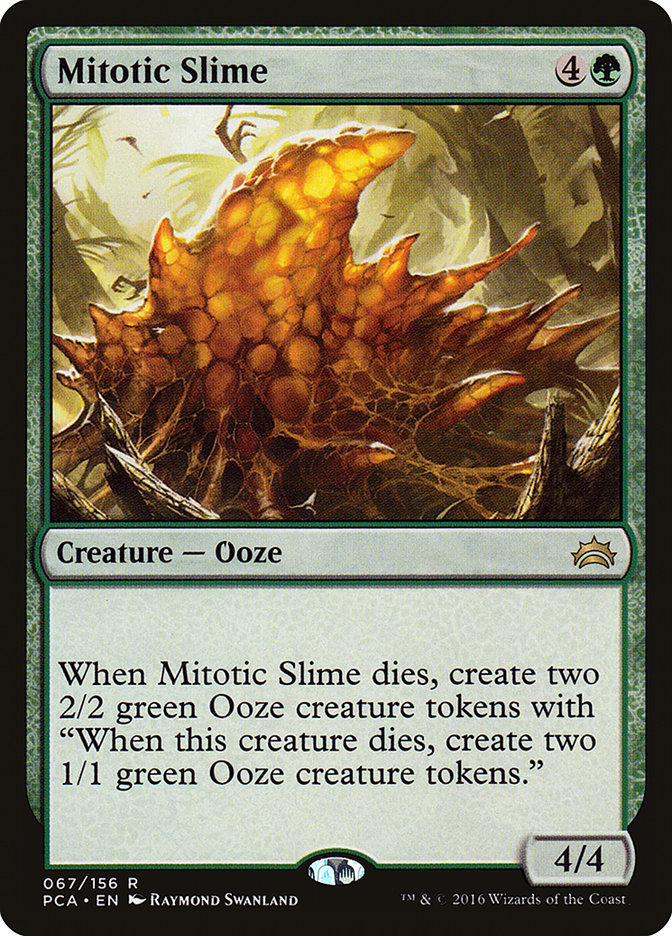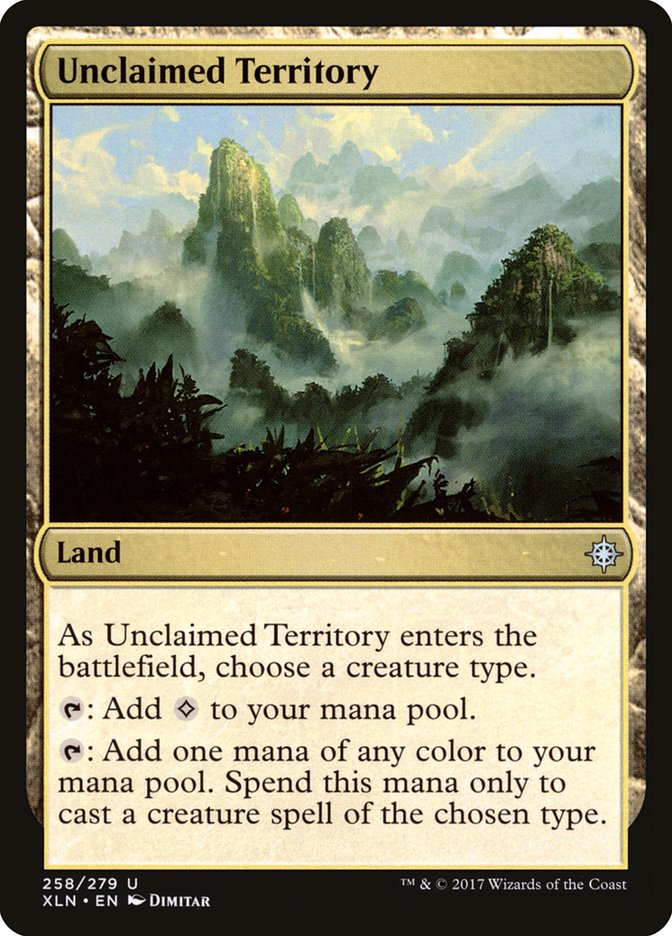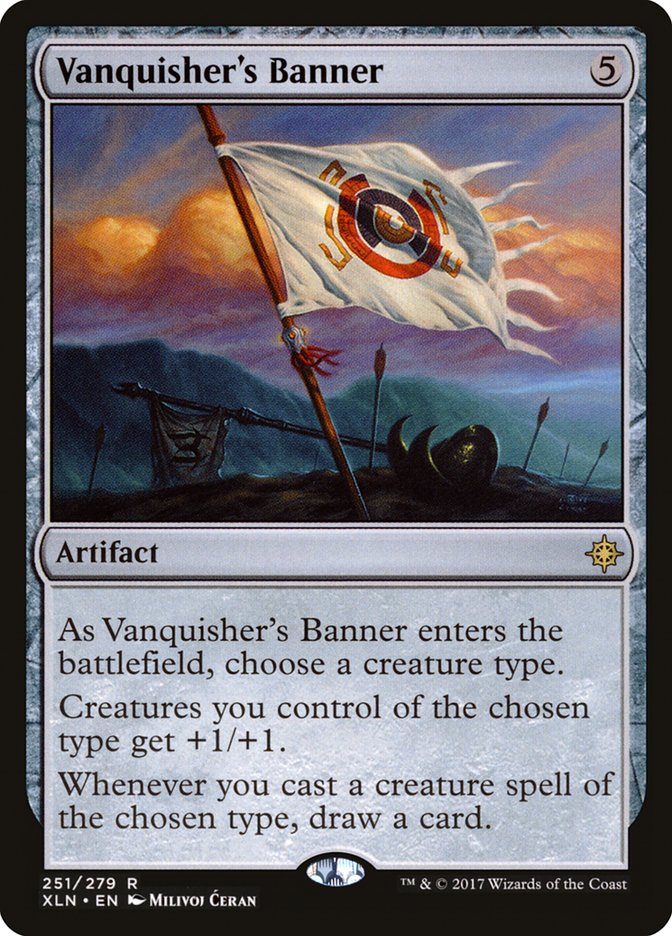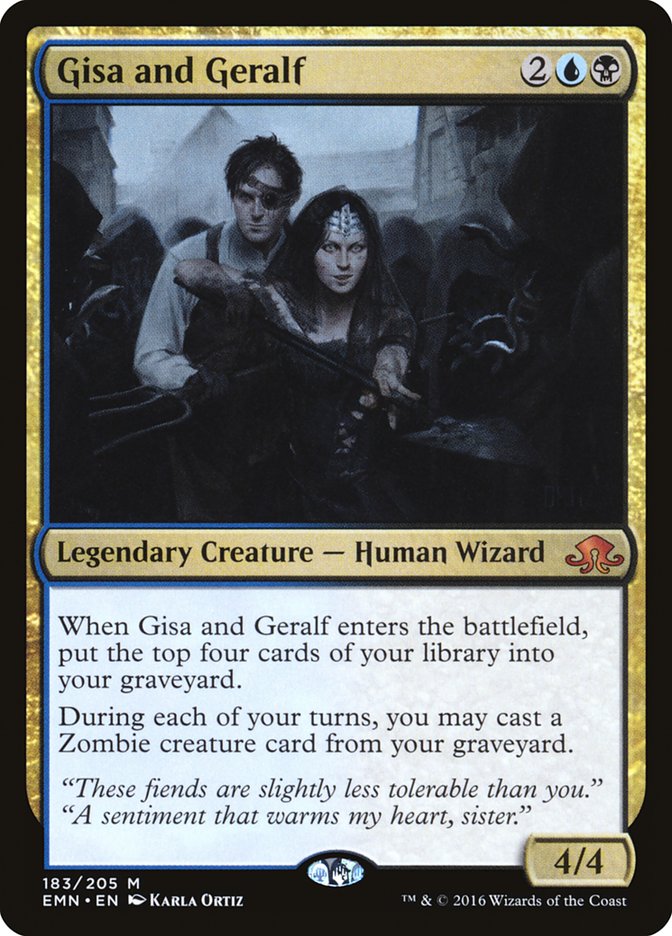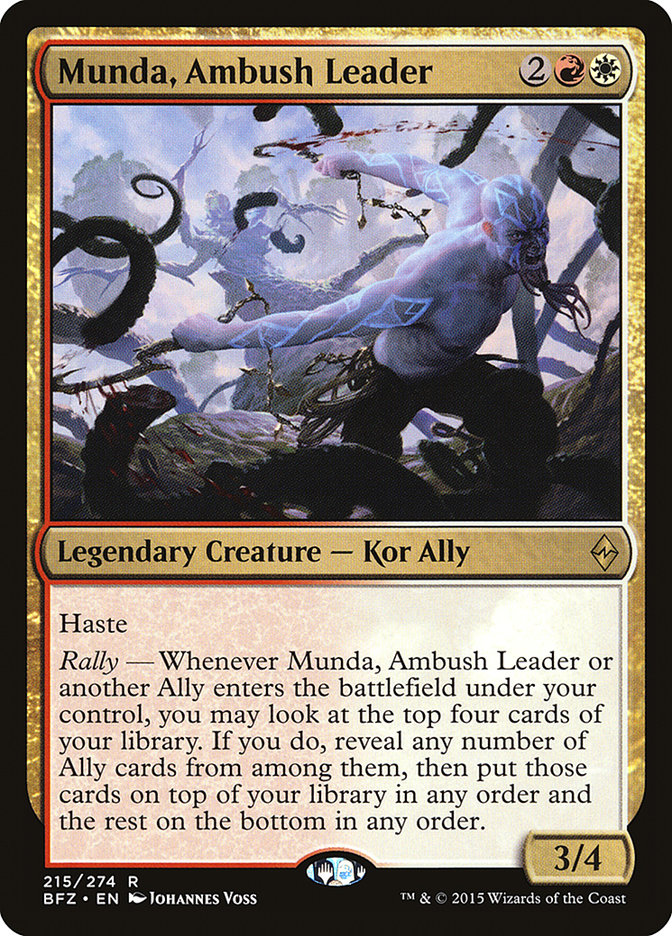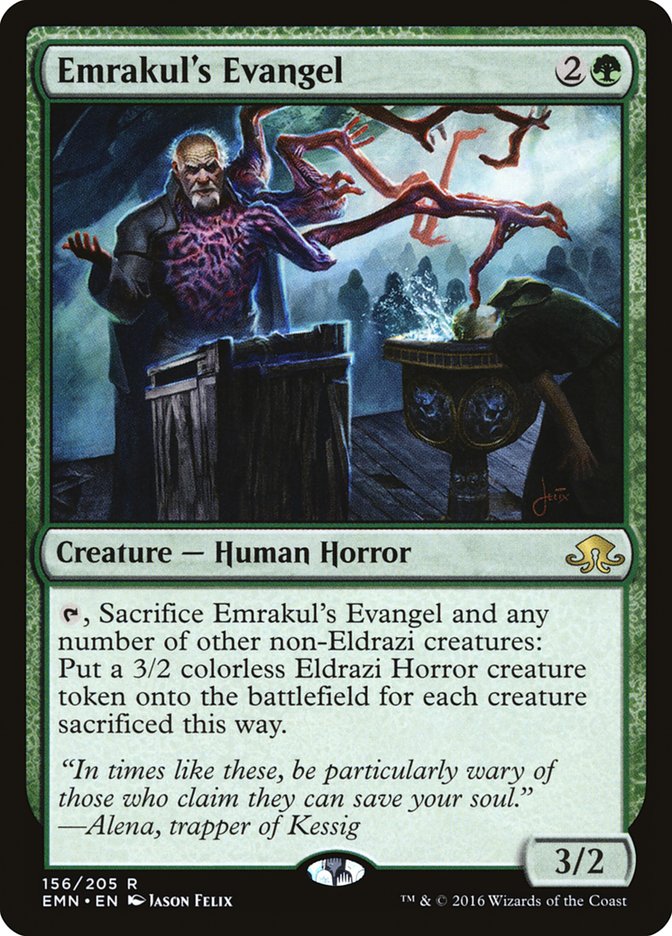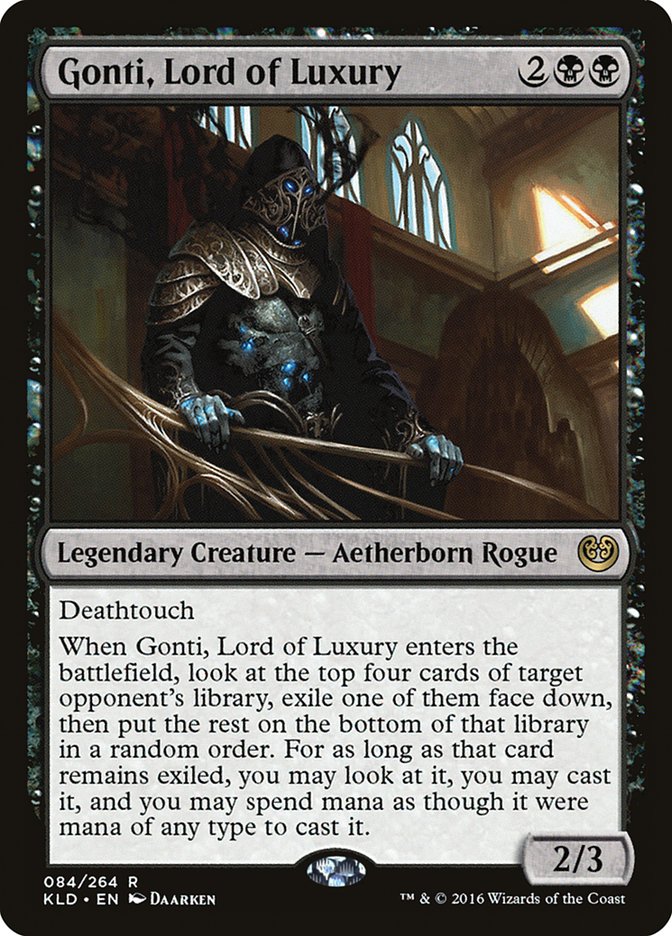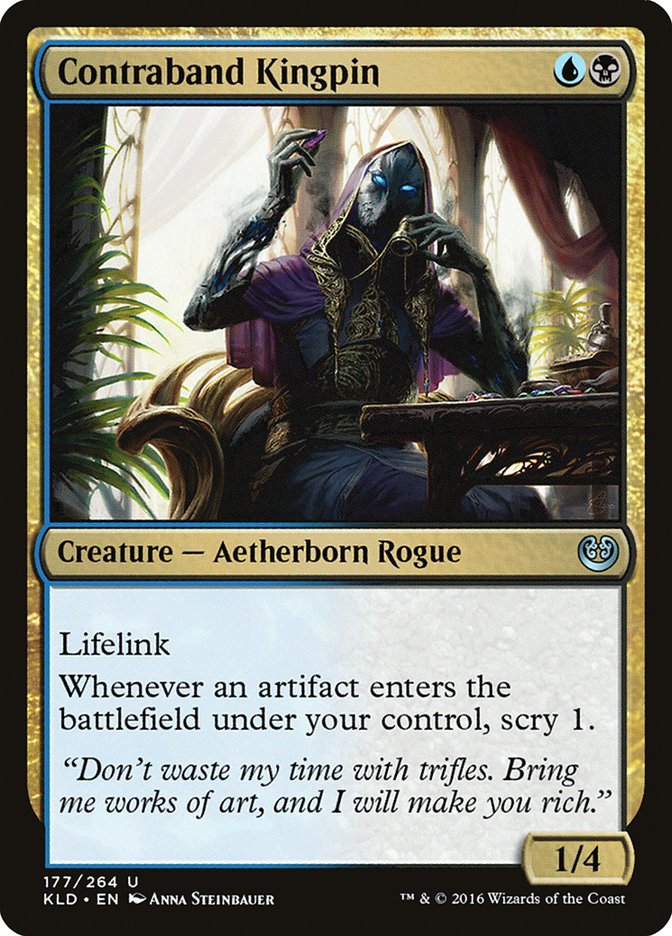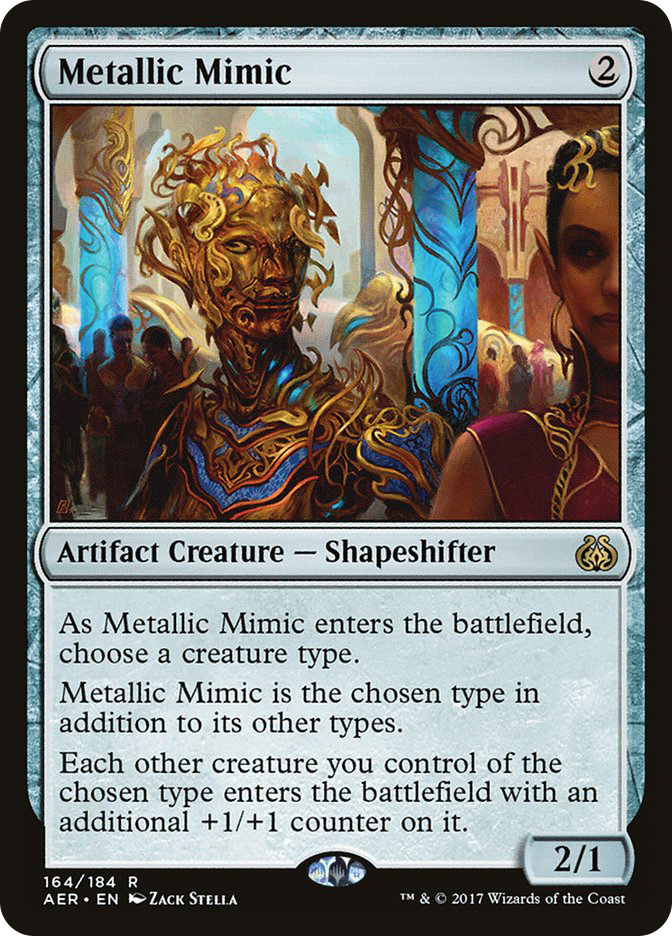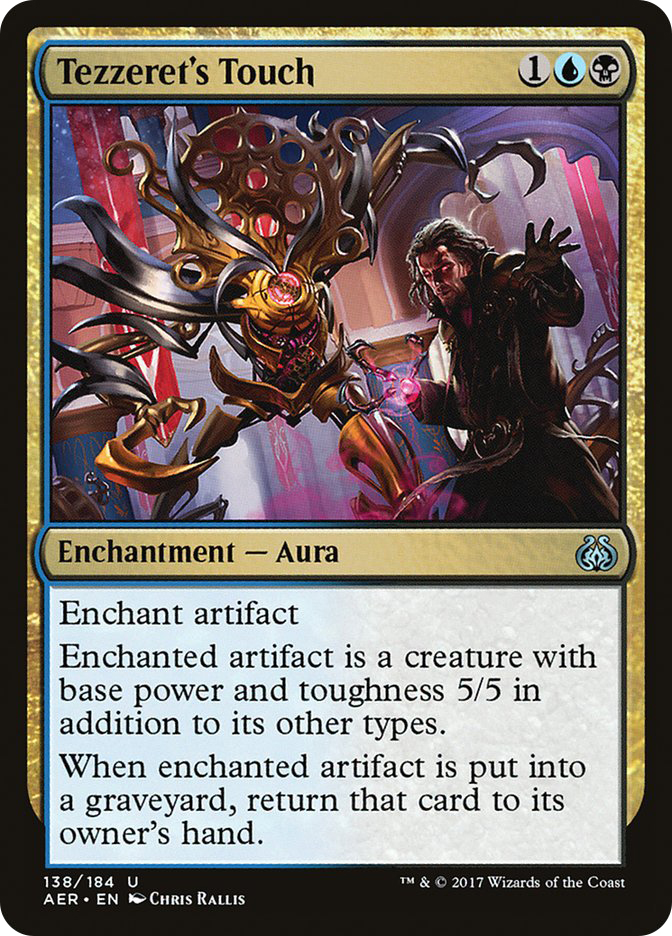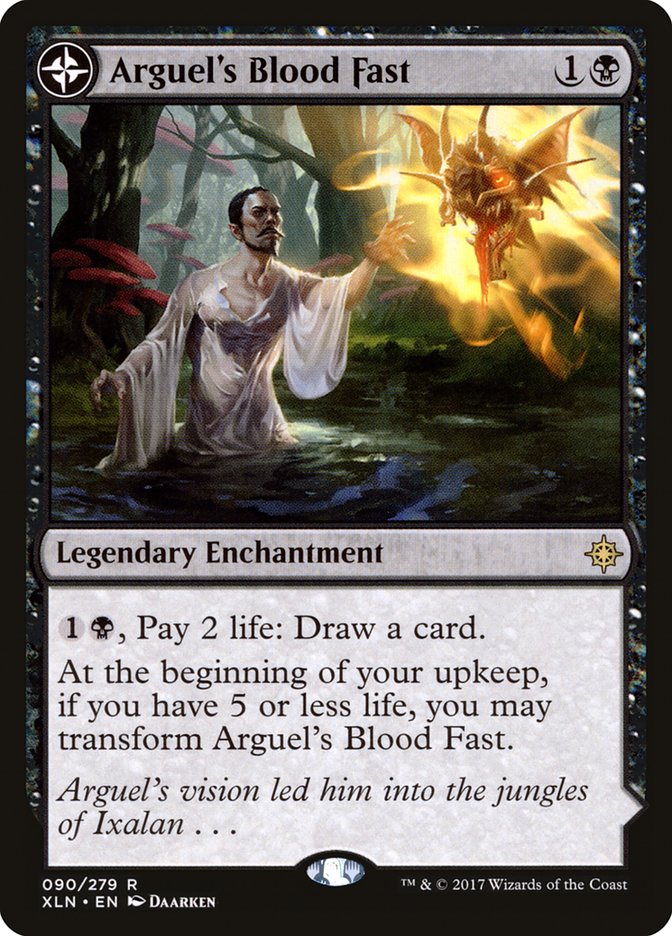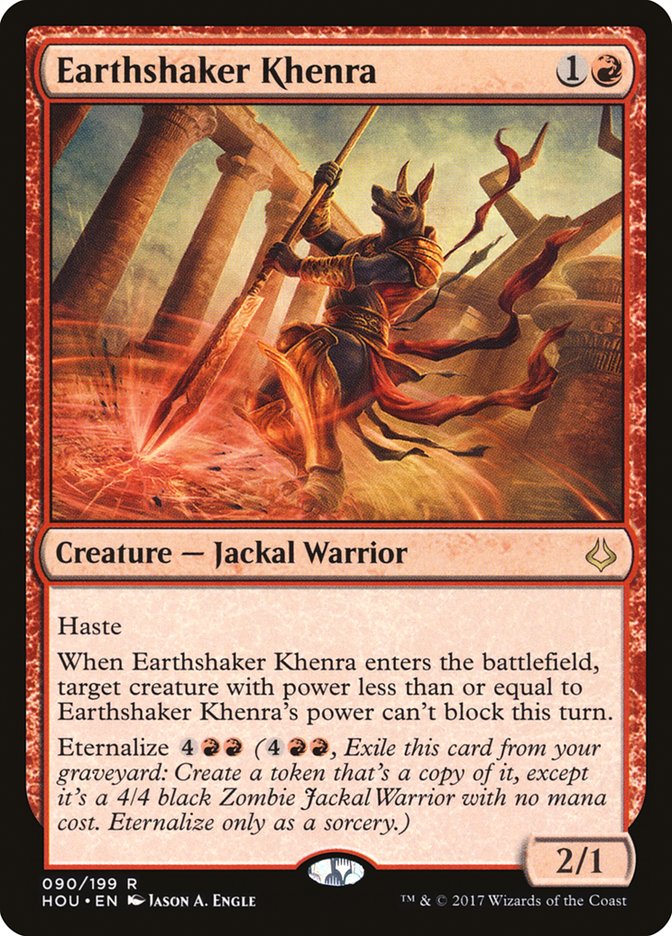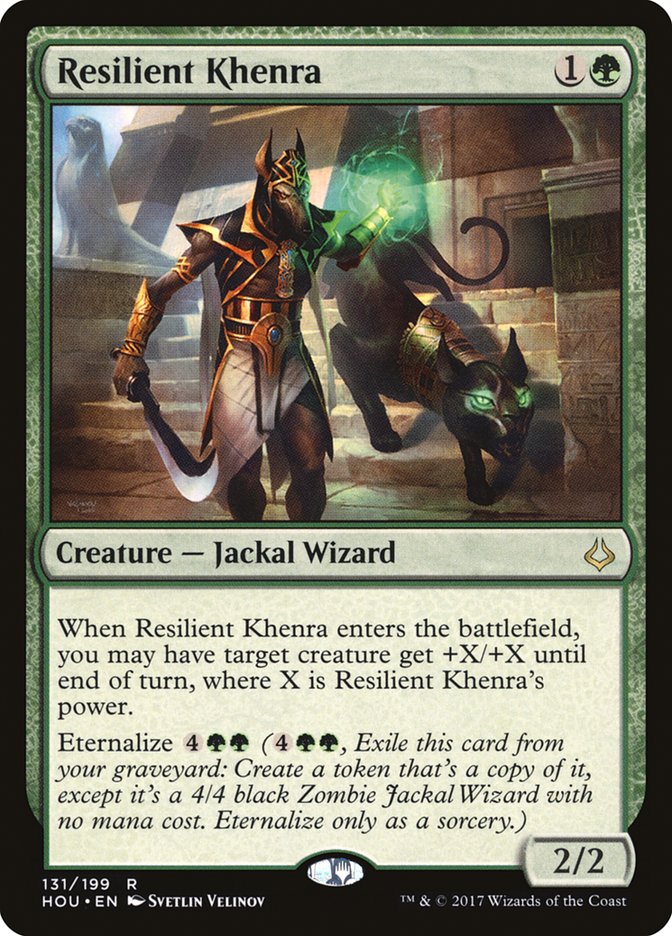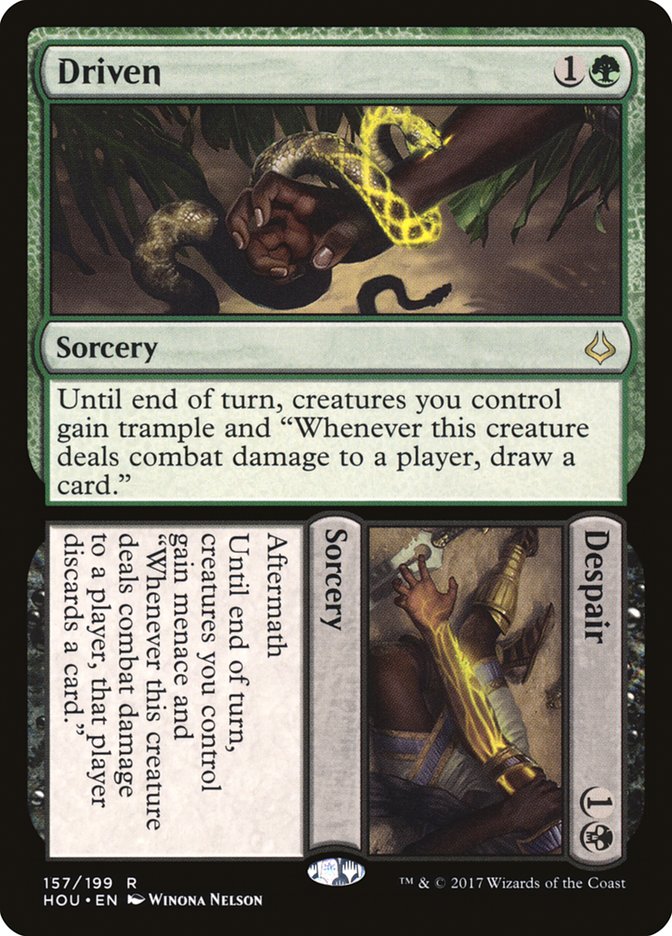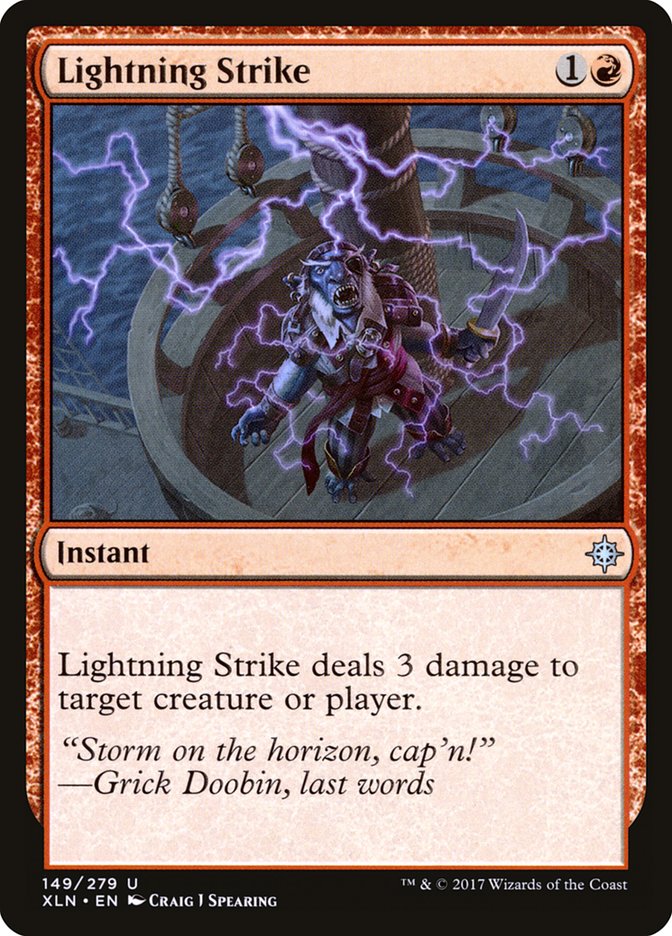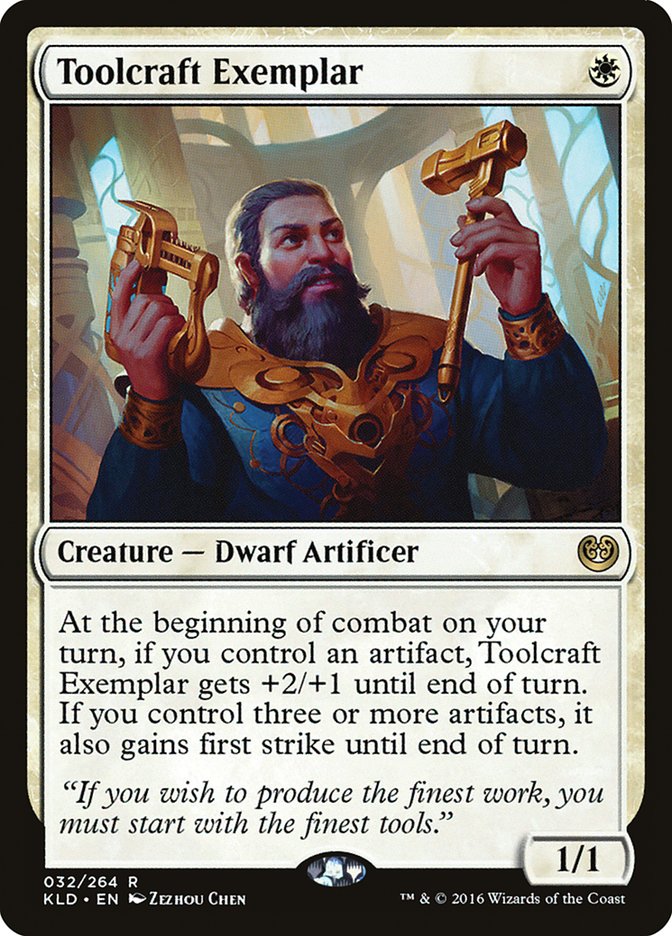Ixalan is exciting for many reasons, including new transform cards and great flavor, but there’s one mechanic specifically which gets me particularly jazzed: tribal.
Ixalan features two familiar tribes, Vampires and Merfolk; a previously symbolic type line for Pirates; and the big, bruising Dinosaurs. Tribal decks are a simple, fun way to build a thematic, synergetic deck that feels like you are a member of whatever tribe you’ve chosen. Scream across the battlefield like one of your Goblins! Conjure nature with a coven of Elves! Lumber into battle mindlessly with Zombies! The tribes in Ixalan are no different: each is packed with fun and flavor.
As with most tribal sets, though, there are several critical cards that are a little more general, applying to a variety of tribal themes. These kinds of cards are wonderful for the more thoroughly supported tribes that we commonly see both casually and competitively, but they also provide new avenues for other deck types based on creatures that get a bit less support. Some people live to play the tribe that no one imagined could be feasible. For those of you who couldn’t guess, I am some people.
Oozes, Hags, Weirds. Ain’t nothin’ for a tribal brewer. Digging deep for fun creature types is what we do.
Ixalan brings more tools to our repertoire, no matter how crazy the tribe, and most of them are kind enough to be colorless and are thus translatable to any color and tribe.
With support cards like this, it’s easy to build around both the new tribes from Ixalan as well as those from previous sets.
When Ixalan comes out, we will lose a lot of our current tribal synergies. While some of them don’t see much play anyway, these kinds of supporting tools might help push them to a level where they could enjoy a bit of the limelight, like Allies.
I don’t have the whole set of Ixalan in front of me yet, but that doesn’t mean we can’t use some of our currently existing (and rotation-surviving) tribes and the tools currently in place to brew a bit around some interesting tribes that, before Ixalan, may not have gotten the same level of excitement.
For any tribe to succeed, you need a critical mess of playable low-cost creatures, a workable manabase to cast them, and the right peppering of support spells to make the creature-oriented plan work.
Aetherborn
The Aetherborn tribe, new in Kaladesh, are a nifty race of magic-infused, artifact-obsessed humanoids. There’s even an Aetherborn “lord,” Midnight Entourage, that buffs other Aetherborn and gives a benefit to those that die, namely, drawing more Aetherborn. There are enough decent Aetherborn to construct a deck; in fact, I’ve already got one built that I’ve been testing pre-rotation.
Creatures (25)
- 4 Gonti, Lord of Luxury
- 1 Scrapheap Scrounger
- 4 Syndicate Trafficker
- 4 Yahenni, Undying Partisan
- 4 Gifted Aetherborn
- 4 Vengeful Rebel
- 4 Midnight Entourage
Lands (23)
Spells (12)

With a limited base of tribal support, this is what most decks will look like. Despite its heavy-handed approach, though, this deck is actually pretty decent. Bontu’s Monument is the real key to the list, as it makes Midnight Entourage much more affordable, letting you rebuild an army more quickly and drain the last points of life. Renegade Map, although seemingly clumsy at first, provides critical revolt triggers for Vengeful Rebel, a critical tempo play in this deck. The deck is also not cheap and has eight lands that enter the battlefield tapped, so it’s important to be consistent.
With something like what we’re gaining in Ixalan, though, things really start to open up.
Yes, Metallic Mimic already exists, but like Adaptive Automaton before it, it’s an excellent catch-all tribal lord, and once it’s on the battlefield, it gains all the benefits of being both an Aetherborn and an artifact.
With the addition of only one other color, we can focus on consistency and reliability, something the deck was already good at.
Creatures (20)
Planeswalkers (3)
Lands (23)
Spells (14)

Another straightforward list, but one with subtle improvements that make a huge difference in the angles the deck can take, and ways to force pressure without going big with creatures like Gonti, Lord of Luxury. Pillar of Origins can still be used for improvise mana, and it can be eaten late in the game by Syndicate Trafficker, a challenging creature to kill, if you’d tried before.
Tezzeret the Schemer becomes a viable option in two colors, especially in a tribe and in colors that like artifacts, and he, Vraska’s Contempt, and Metallic Rebuke act as a solid, succinct removal package. The manabase, while humble, is easily obtained, as are the majority of the cards in the maindeck. Aetherborn are great for your wallet; the first list I posted cost about $20 to put together before sideboard, with the most expensive card, Gonti, Lord of Luxury, currently costing a mere $0.65 each.
In my opinion, most tribal deck sideboards should contain specific answers to specific decks, and thus sideboarding between rounds should concentrate on making small pivots in your plan, not transformative changes. Ixalan brings new sideboard cards, and others return as reprints.
Arguel’s Blood Fast is a great card if the board won’t get out of control anytime soon and your opponent lacks direct damage. You can stay freshly stocked against control, and on the flip side, you can eat creatures as they meet your opponent’s removal, granting you that life back. Duress, one of the better one-mana discard spells, is a welcome return, and Raider’s Wake helps keep pressure on your opponent’s hand, even if you have too little battlefield presence to attack their life total very well.
Aetherborn are very flavorful for the world of Kaladesh, and although there weren’t many Constructed-playable ones printed in their block, I hope that more will come along in the future to continue their story.
Jackal
Jackals, at least in Amonkhet and Hour of Devastation, are anthropomorphic, dog-headed creatures that reside mostly in three colors. They are all inexpensive, with some of their best representatives costing one or two mana. We now have the right fixing to make this archetype work, and while it may not ultimately end up as a particularly powerful deck, it should be fun enough to rouse up some chatter at the table.
Creatures (21)
- 3 Metallic Mimic
- 4 Flameblade Adept
- 2 Battlefield Scavenger
- 4 Dread Wanderer
- 1 Khenra Charioteer
- 3 Earthshaker Khenra
- 4 Resilient Khenra
Lands (23)
Spells (16)

This list is designed to be efficient, hard-hitting, and unrelenting. What the deck lacks in draw power and sustain it makes up for in card selection and speed. Hazoret’s Favor, a particularly spicy sideboard card I’d been using in red decks against U/R Torrential Gearhulk control, works with Jackals here because most of them want lots of power, either for attacking or for their triggers.
Both of these creatures have powerful triggers when they enter the battlefield, and stacking the triggers in such a fashion to get the Hazoret’s Favor boost and their own power-based trigger becomes particularly potent. Resilient Khenra, normally a 2/2 that gives modest augmentation to a buddy, can instead target itself, attacking as an 8/6 with haste. Seems better.
With all the deck’s discard, getting the arguably stronger but harder-to-cast Despair side into the graveyard should be easy. The creatures in this deck with trample and menace make either side of this aftermath sorcery strong.
Boy, I never thought I’d be excited for Lightning Strike, but here we are. Our unconditional three damage for two mana is back without the sorcery/exile features of Incendiary Flow. Fine with me!
Although this is a three-color deck, it’s important to note that no card requires more than one color of mana with the exception of two Khenra Charioteer. With the potential disadvantage of the sometimes-blank Unclaimed Territory, it’s important to not get too crazy with our colors.
This one already features some top-notch playable cards that, with a bit of tribal help, can be both strong and full of dog-people. What’s not to like?
Artificer
These tinkerers, machinists, and dreamers are all over Kaladesh. They labor away in their workshops, study the physics of the material and the magical, and make legendary creations.
They can also mess you up pretty badly with that hydrostatic wrench they’re wielding.
While considered a tribe only recently, there are actually a couple of tribal cards already in existence for this cadre of engineers: Inventor’s Goggles and Era of Innovation. These two cheap, innocuous spells are the Draft fodder of the Kaladesh and Aether Revolt format, but with the right application of electrical input…
Creatures (21)
- 4 Toolcraft Exemplar
- 4 Whirler Virtuoso
- 4 Inventor's Apprentice
- 4 Reckless Fireweaver
- 4 Metallic Mimic
- 1 Restoration Specialist
Lands (21)
Spells (17)

You might be saying to yourself, “Hey, Matt, you forgot removal, you’re going to lose,” to which I say, while glancing at my overly complicated, steam-powered wristwatch, “You’ve got it all wrong! There’s no time to lose!”
Get it? No time to….lose…sure, never mind.
These colors lend themselves well to removal, but for us to get the most of our deck, we need to be playing all the artifacts we can, getting energy to make those artifacts consistent, and then optomizing our draws as much as possible to get to the good stuff.
But really, what’s not like about this deck? You’ve got cheap, aggressive creatures; reach via cards like Reckless Fireweaver and Restoration Specialist, which can get back an Era of Invention for more fun; and Pyramid of the Pantheon, which is inefficient yet repeatable fixing and eventually a large-scale ramp card to let you cast all those cards you drew off Era of Invention and Vanquisher’s Banner.
Could you find room for Metallic Rebuke, Harnessed Lightning, or Cast Out? Oh, probably. But where’s the fun in jumping in if there’s a safety net?
Just because Ixalan is still a couple of weeks away doesn’t mean we can’t get our tribes together ahead of time. There’s many more tribes to explore in our current format: Amonkhet is full of inexpensive Clerics, Kaladesh and Aether Revolt both have excellent Pilots, and Humans are still in about every set of Magic.
This isn’t even including powerful enablers like Arcane Adaptation, which allows any tribal deck to be formed with nothing but an Island and some ingenuity! What tribal brews have got you pepped up for Ixalan?


